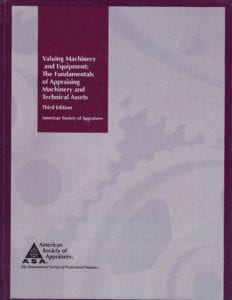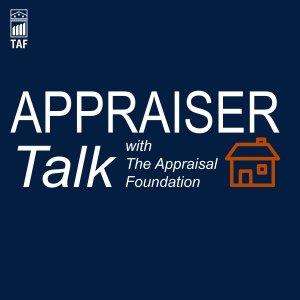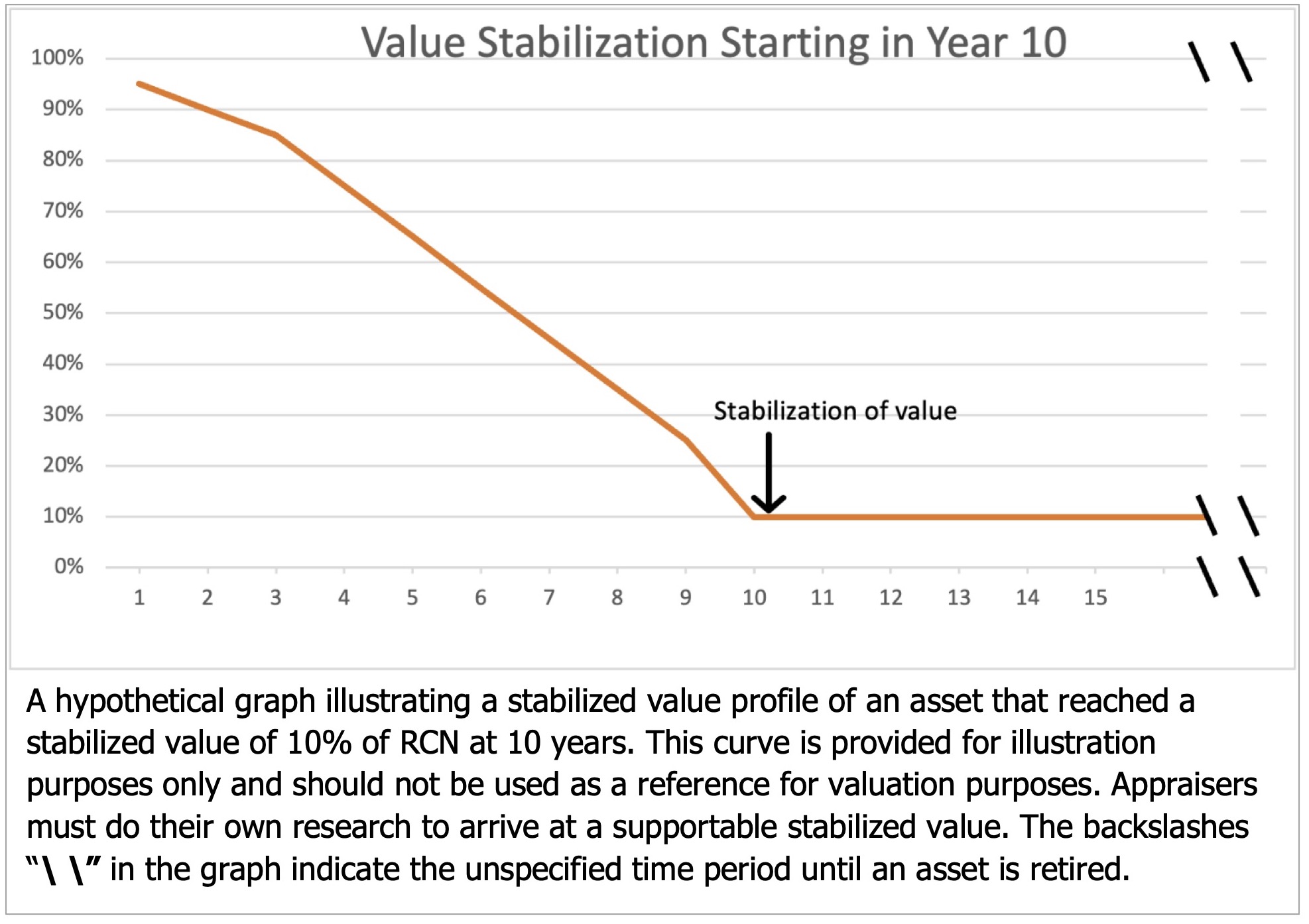
Because the machinery and equipment appraiser deals with a variety of assets, most of which can be moved, it is necessary to recognize different premises of value. These can be broadly broken down into categories, distinguished mainly by an asset’s anticipated use.
Sale for removal
⎯ Fair Market Value is the estimated amount, expressed in terms of money that may be reasonably expected for a property in an exchange between a willing buyer and a willing seller, with equity to both, neither under any compulsion to buy or sell, and both fully aware of all relevant facts, as of a specific date.
⎯ Fair Market Value – Removal is the estimated amount, expressed in terms of money, that may reasonably be expected for a property, between a willing buyer and a willing seller, with equity to both, neither under any compulsion to buy or sell and both fully aware of all relevant facts, as of a specific date, considering the cost of removal of the property to another location.
Continued (or installed) use of assets for the purpose which it was designed and acquired
⎯ Fair Market Value in Continued Use is the estimated amount, expressed in terms of money, that may reasonably be expected for a property in an exchange between a willing buyer and a willing seller, with equity to both, neither under any compulsion to buy or sell, and both fully aware of all relevant facts, including installation, as of a specific date, and assuming that the earnings support the value reported. (This amount includes all normal direct and indirect costs to make the property fully operational and may not readily pertain to aircraft.)
⎯ Fair Market Value – Installed is the estimated amount, expressed in terms of money, that may reasonably be expected for an installed property in an exchange between a willing buyer and a willing seller, with equity to both, neither under any compulsion to buy or sell, and both fully aware of all relevant facts, including installation, as of a specific date. (This amount includes all normal direct and indirect costs, such as installation and other assemblage costs, to make the property fully operational but does not have to be supported by the business earnings.)
Liquidations
⎯ Orderly Liquidation Value is the estimated gross amount expressed in terms of money, that could be typically realized from a liquidation sale, given a reasonable period of time to find a purchaser(s) with the seller being compelled to sell on an as-is, where-is basis as of a specific date.
⎯ Forced Liquidation Value is the estimated gross amount expressed in terms of money that could be typically realized from a properly advertised and conducted public auction, with the seller being compelled to sell with a sense of immediacy on an as-is, where-is basis, as of a specific date.
Other
⎯ Reproduction Cost New is the current cost of reproducing a new replica of a property with the same or closely similar materials
⎯ Replacement Cost New is the current cost new, of a similar new property having the nearest equivalent utility as the property being appraised.
⎯ Salvage Value is the estimated amount expressed in terms of money that may be expected for the whole property or a component of the whole property that is retired from service for use elsewhere, as of a specific date.
⎯ Scrap Value is the estimated amount expressed in terms of money that could be realized for the property if it were sold for its material content, not for a productive use, as of a specific date.
Note that the American Society of Appraisers does not recognize the term “Auction Value.” An auction is a manner of selling goods. The use of different terms and conditions relative to a specific auction sale, such as reserves and seller buy-backs, can cause significant variances in selling prices.
Jack Young, ASA, CPA
NorCal Valuation



